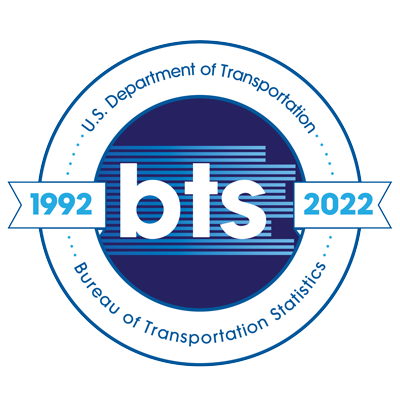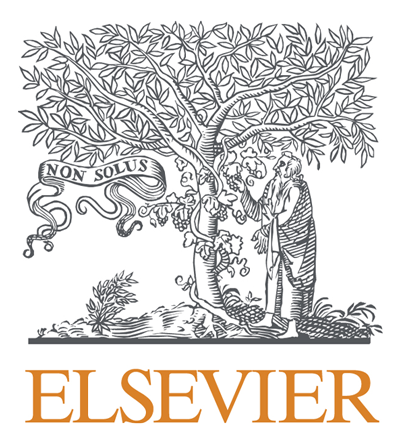Investigation of the effects of longitudinal training walls (LTWs) on two-dimensional flow structure in the Grand River, Michigan (USA).
Topics:
Keywords: Flow, hydraulics, river, training walls
Abstract Type: Paper Abstract
Authors:
Sumaiya Tul Siddique, Louisiana State University
Kory Konsoer, Louisiana State University
,
,
,
,
,
,
,
,
Abstract
The Grand River is one of the longest rivers in Michigan, which flows through the city of Grand Rapids and drains into Lake Michigan. This study explores spatial patterns of velocity, velocity changes in steady flow condition,s and different discharge conditions along with sediment transport and long-term deposition. Bathymetric surveys of a ~38 km stretch of the river from Grand Rapids to the confluence with Bass River were conducted in 1906 along transects spaced roughly 90 meters apart. In addition to detailed depth measurements, the survey panels show the location of numerous wooden longitudinal training walls (LTWs) that were built in the river in the 1890’s as an effort to maintain navigation. The 1906 maps were georeferenced, and the bathymetric data were digitized, converted to bed elevation, and interpolated into an elevation model of the channel bed. Using the historical survey data and the accompanying analysis, this study investigates the two-dimensional flow structure in a section of the river using Telemac 2D software to simulate hydraulic conditions with and without the presence of LTWs. The model simulates the presence of walls by modifying the drag coefficient and porosity in the domain. This study will provide an insight into the importance of the spatial distribution of the walls and the findings will help to conceive river restoration management, more specifically, related to the decision-making of dam removal and dredging projects that have been proposed for the river.
Investigation of the effects of longitudinal training walls (LTWs) on two-dimensional flow structure in the Grand River, Michigan (USA).
Category
Paper Abstract








